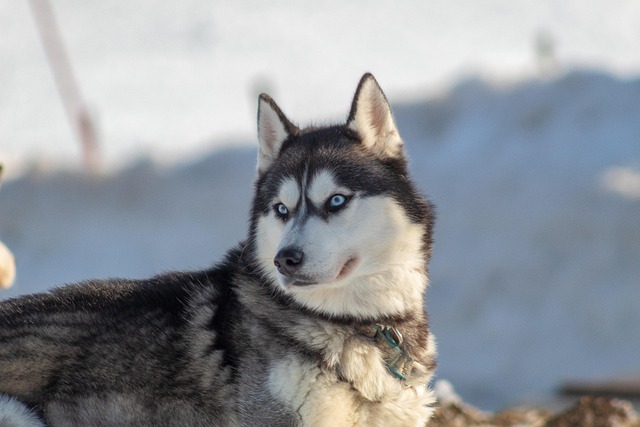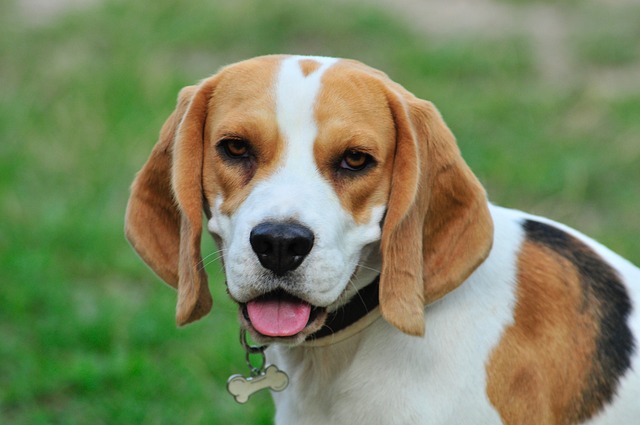
How to puppy pad train a puppy?
New puppy owners often find themselves rushing to clean up accidents before they set in, and that’s where puppy pad training becomes a game-changer.
Siberian Husky puppies are bundles of energy with a stubborn streak—training them works best when you lean into their love of play and consistency. Start with basic commands like “sit” and “stay” using tiny, high-value treats, like freeze-dried salmon. Keep sessions short—10 minutes max, a few times a day—since their attention spans are short, and ending on a win keeps them excited to learn more.
Leash training is non-negotiable with Huskies, who have a strong instinct to pull (thanks to their sledding roots). Use a front-clip harness instead of a collar to avoid straining their neck, and stop walking the second they pull. Wait for them to calm down and look at you before moving again—this teaches them pulling gets them nowhere. Many local parks have designated puppy training areas where you can practice without distractions.
Socialization is key for Husky puppies, who can be wary of new people or dogs if not exposed early. Take them to puppy classes, let them meet friendly neighbors, and introduce them to different sounds—like bikes or lawnmowers—when they’re 8 to 16 weeks old. This aligns with animal behavior guidelines that say early socialization prevents fear-based aggression later, a big concern for owners in busy areas.
 Huskies hate being bored, and a bored puppy turns to destructive habits—chewing shoes, digging couches. Give them puzzle toys stuffed with peanut butter to keep their brains busy, and make sure they get plenty of exercise. A 20-minute walk in the morning and a play session in the evening burns off energy, and some regions even have dog sports like agility that Huskies thrive in—great for both training and bonding.
Huskies hate being bored, and a bored puppy turns to destructive habits—chewing shoes, digging couches. Give them puzzle toys stuffed with peanut butter to keep their brains busy, and make sure they get plenty of exercise. A 20-minute walk in the morning and a play session in the evening burns off energy, and some regions even have dog sports like agility that Huskies thrive in—great for both training and bonding.
Crate training helps with potty training and gives your Husky a safe space, but never use it as punishment. Put a soft bed and their favorite toy inside, and feed them meals near the crate to make it positive. Most areas have laws about leaving dogs unattended for too long, and a crate keeps them from getting into trouble while you’re out—just make sure they’re not in it for more than a few hours at a time.
Training a Siberian Husky puppy takes patience, but seeing their bright eyes light up when they master a command is worth it. Following local laws about leashing and socialization keeps everyone safe, and leaning into their energetic nature makes training fun for both of you. Before you know it, your puppy will be a well-behaved companion, ready to join you on all your adventures.

New puppy owners often find themselves rushing to clean up accidents before they set in, and that’s where puppy pad training becomes a game-changer.

If you've noticed your dog's waistline disappearing and your veterinarian has mentioned those few extra pounds, your first instinct might be to simply reduce the amount of food in their bowl.

Training a dog to use a designated spot indoors isn’t as daunting as many new owners fear, but it does take consistency and an understanding of your pet’s needs.

That moment of dread on a walk is all too familiar for many new dog owners. You see another dog approaching down the sidewalk of your neighborhood

If the sight of another dog on your neighborhood walk makes your heart sink as your own dog erupts into a frenzy of barking and lunging, you're not alone.

Imagine this: You’re halfway through your morning walk around your Boston apartment complex when a neighbor’s golden retriever rounds the corner.